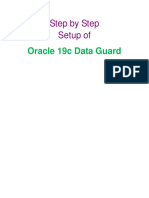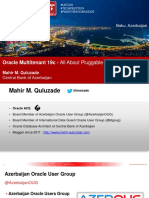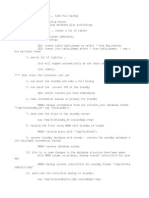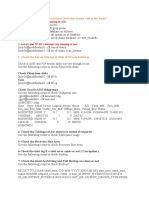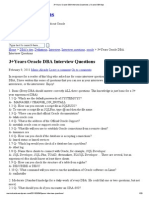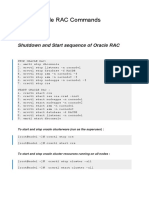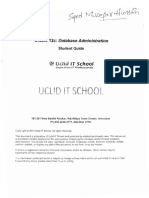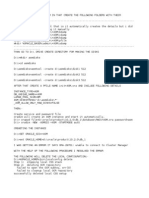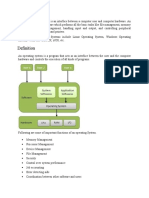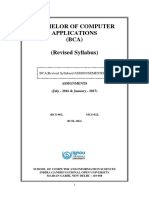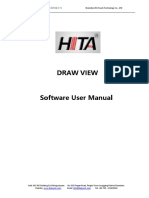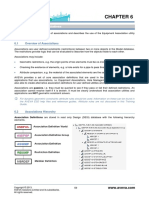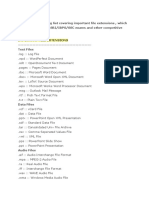75% found this document useful (4 votes)
1K views14 pagesAll-In-One Oracle ASM Quick Reference Guide
The document provides guidance on Oracle Automatic Storage Management (ASM) commands and configuration. It includes:
1) SQL*Plus commands for starting and stopping the ASM instance, adding and dropping diskgroups, and checking metadata.
2) Important ASM views for monitoring the instance, diskgroups, disks, files, and clients.
3) Commands for common ASM tasks like converting databases, tablespaces, and datafiles to ASM storage.
Uploaded by
Krishna Kishore PujariCopyright
© © All Rights Reserved
We take content rights seriously. If you suspect this is your content, claim it here.
Available Formats
Download as PDF, TXT or read online on Scribd
75% found this document useful (4 votes)
1K views14 pagesAll-In-One Oracle ASM Quick Reference Guide
The document provides guidance on Oracle Automatic Storage Management (ASM) commands and configuration. It includes:
1) SQL*Plus commands for starting and stopping the ASM instance, adding and dropping diskgroups, and checking metadata.
2) Important ASM views for monitoring the instance, diskgroups, disks, files, and clients.
3) Commands for common ASM tasks like converting databases, tablespaces, and datafiles to ASM storage.
Uploaded by
Krishna Kishore PujariCopyright
© © All Rights Reserved
We take content rights seriously. If you suspect this is your content, claim it here.
Available Formats
Download as PDF, TXT or read online on Scribd
/ 14

